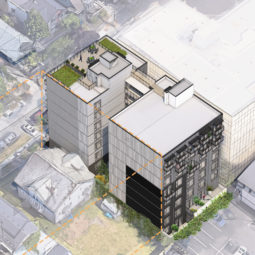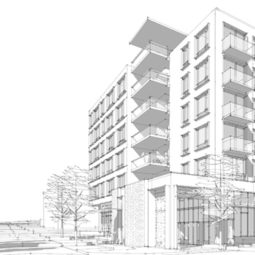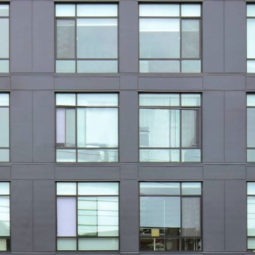 Policy makers are making bold steps on important energy measures for our buildings, voting this week to follow the 2030 challenge recommendations for the next iteration of the international energy codes 2012, which are adopted by most jurisdictions for their building codes.
Policy makers are making bold steps on important energy measures for our buildings, voting this week to follow the 2030 challenge recommendations for the next iteration of the international energy codes 2012, which are adopted by most jurisdictions for their building codes.
From the 2030 website:
| Yesterday, code and government officials meeting in Charlotte, North Carolina voted to improve the 2012 International Energy Conservation Code (IECC) standard by 30% beyond the 2006 IECC as called for by Architecture 2030, and by a large coalition including the U.S. Department of Energy, the U.S. Conference of Mayors, the National Association of State Energy Officials, congressional officials and the broad-based Energy Efficient Codes Coalition (EECC) of which Architecture 2030 is a member. |
Adopted proposals offered by the U.S. Department of Energy, New Buildings Institute, AIA and EECC addressed the 30% improvement, laying a strong foundation for future IECC building energy code reductions.
“This is the first step on our way to carbon neutral buildings by 2030,” said Edward Mazria, CEO of Architecture 2030. “The next steps include timely state and local government adoption of the new code and improving the IECC code standard by 50% beyond 2006 IECC in 2015.”
The 50% improvement will meet the next energy reduction target called for by the 2030 Challenge and by legislation passed in the House of Representatives (HR.2454) and in Senate Bills S.1462 and S.3464.
“It is notable that the votes that will have the most profound impact on national energy and environmental policy this year weren’t held in Washington or a state capital, but by state and local officials assembled in Charlotte, NC,” said William Fay, EECC Executive Director.
At the meeting, government voting representatives also rejected efforts by some to weaken the IECC’s efficiency standard by allowing less building improvements in exchange for more efficient equipment. “Efficiency shouldn’t be an either/or proposition,” said Fay. “We need to improve the efficiency of both our building envelopes and our equipment.”
It is important to note and thank all those who have adopted and are now implementing the 2030 Challenge targets (here). Their leadership puts pressure on government legislators and officials to pass meaningful energy legislation and improve building energy code standards. A special thanks goes to all our colleagues at the EECC for their tireless work leading up to and during the International Code Council hearings.
*30% below IECC 2006 meets the 2030 Challenge initial 50% energy reduction target called for by Architecture 2030 in 2006 (see Meeting the 2030 Challenge Through Building Codes). The 2030 Challenge target for 2010 is 60% below the regional average site energy use for each building type. Watch for our next ENews Bulletin on building codes coming soon.
« Previous Story Next Story: Hybrid Electric Water Heater



